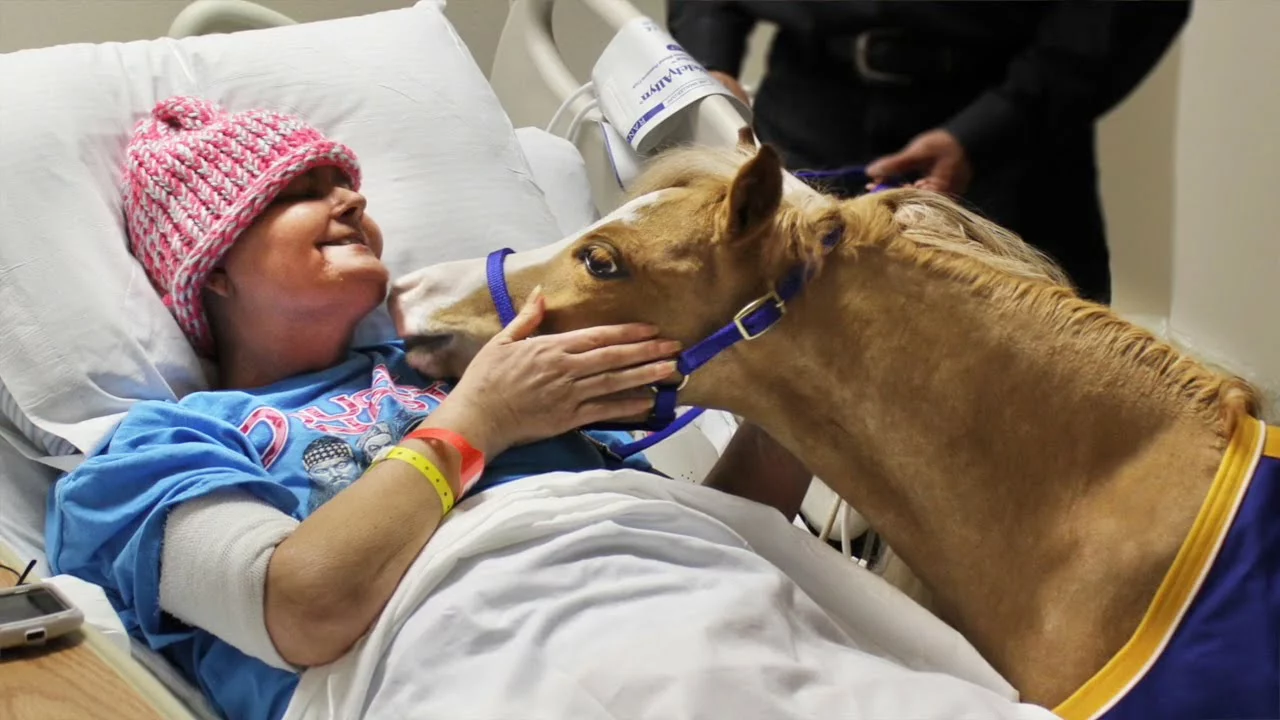Life-saving Tips Every Rider Should Know
Riding a horse is thrilling, but it can turn risky in a split second. Knowing a few simple safety steps can mean the difference between a minor scrape and a serious injury. Below are the most useful habits you can start using today to protect yourself and your horse.
Preventing Accidents Before They Happen
First thing – always check your gear. A loose saddle, worn reins, or a cracked helmet can fail when you need them most. Give each piece a quick visual inspection before every ride and replace anything that looks damaged.
Next, watch the ground. Uneven terrain, slick mud, or hidden obstacles are common causes of falls. Walk the area, look for holes or stones, and choose a route that feels smooth under both your boots.
Warm‑up isn’t just for the horse. Spend five minutes stretching your shoulders, back, and legs. A flexible rider stays balanced longer and reacts faster if the horse bolts.
Finally, keep your horse’s fitness in mind. A tired or over‑worked horse is more likely to stumble. Schedule regular rest days and vary the intensity of your sessions.
Handling Emergencies When They Occur
If you do fall, stay calm. Check yourself for injuries before trying to get up. If you feel dizzy, have a headache, or notice bleeding, call for help immediately – don’t try to ride it out.
When a horse is hurt, the first step is to move it out of danger. Use a calm voice, keep the animal still, and avoid pulling on the reins. If the horse is bleeding, apply a clean cloth and pressure to stop the flow.
Basic first aid for riders includes cleaning wounds with saline, covering cuts with sterile gauze, and using an elastic bandage for sprains. Keep a small first‑aid kit in your saddle bag – it should have bandages, antiseptic wipes, and an emergency contact card.
Know the signs of shock in both you and your horse: pale skin, rapid breathing, or sudden weakness. If you suspect shock, lay the person down, elevate the legs if possible, and keep them warm until help arrives.
After any incident, write down what happened. Recording the time, conditions, and actions you took helps vets or doctors understand the situation better and prevents future mishaps.
Remember, the best emergency response is preparation. Take a short first‑aid course, practice using your kit at home, and review your emergency plan with anyone who rides with you.
In the end, life‑saving habits are simple: good gear, clear awareness, steady warm‑ups, and a ready first‑aid kit. Incorporate these steps into every ride and you’ll feel more confident, while giving your horse a safer environment to enjoy.

In my latest blog post, I delve into the intriguing topic of whether a horse has ever saved my life. Sharing personal experiences and anecdotes, I explore the deep bond between humans and horses. I recount a tense incident where my horse's intuitive actions prevented a potential catastrophe. This powerful story demonstrates the extraordinary connection and trust that can exist between a person and their equine companion. Join me as I reflect on this life-changing experience and the profound impact it has had on my life.
Read more
